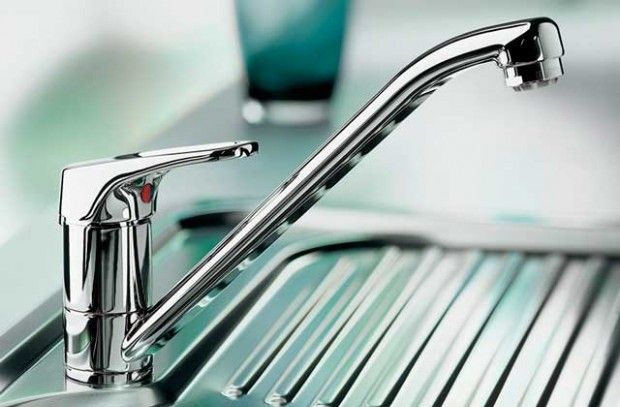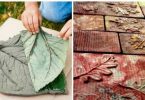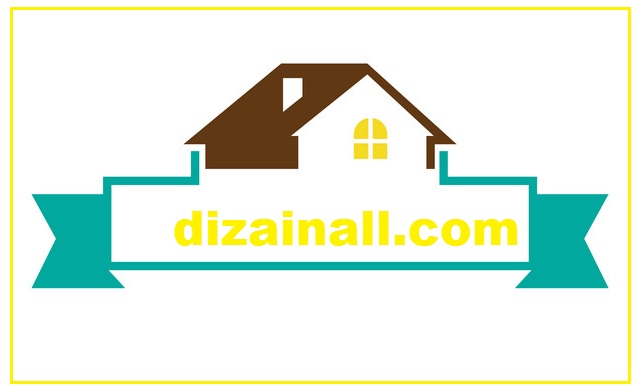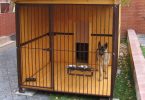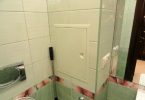If the water in your area is hard, then you must be well aware of how difficult it is to get rid of limescale – that white, hard film that covers faucets, bathtubs and toilets, kitchen appliances, etc. The reason for the appearance of this film lies in the fact that, due to hard water, alkali is deposited on everything. Over time, plaque will build up and leave ugly, ubiquitous spots. Failure to remove plaque as soon as possible will cause chrome plating from faucets and damage small appliances such as a coffee maker.. So, here are 10 ways to help cleanse your home of limescale..
How to remove limescale
- Vinegar for cleaning faucets. If limestone deposits appear on the mixer, dampen a paper towel with vinegar and wrap it around the mixer. Secure it with a hair elastic and leave for at least an hour, then wipe the mixer with a soft dry cloth.
- Homemade Mixer Paste. Make a paste by mixing one part water and three parts baking soda. Rub it into the limescale on a mixer and let sit for an hour. Wipe clean with a soft cloth.
- Vinegar for cleaning the coffee maker. Pour two glasses of white vinegar and two glasses of water into the coffee maker. Start a full coffee brewing cycle. Rinse the container with lukewarm water, refill with water and put on another cycle.
- Vinegar for your teapot. Pour equal proportions of vinegar and water into the kettle. Boil this mixture, turn off the burner and leave the kettle on for a few hours. Rinse with clean water.
- Denture pills for cleaning coffee maker. You can also clean the coffee maker by pouring hot water into it and adding two denture tablets or antacid tablets to it. Wait for them to dissolve, put the coffee maker on a full cycle, then rinse, fill with clean water and start another cycle.
- Combimate. Combimate is an appliance that can be installed by a plumber to protect boilers, kitchen appliances, faucets, etc. from limescale. It is completely safe to use and made from food grade natural materials that will put an end to the formation of limescale..
- Lemon juice from plaque on the cork in the bathroom. Fill a spray bottle with undiluted lemon juice. Treat the affected surfaces with plenty of juice and leave for at least half an hour. Spray the juice about every 15 minutes to keep the surface from drying out. Rinse off with clean water and wipe with a soft cloth. You can also use vinegar.
- Lemon juice for cleaning the bath. If limescale builds up on your bathtub, dampen a paper towel with lemon juice (vinegar will work as well) and glue it to the desired side of the bathtub. Once the limescale deposits have dissolved, clean the area with a soft cloth or eraser. Rinse with clean water and repeat if necessary.
- Toilet vinegar. Pour a large amount of vinegar into the toilet and let it sit for at least 30 minutes (if there is a lot of limescale, leave it overnight). Pour some vinegar into a spray bottle and spray it under the rim of the toilet. Once the plaque has softened, clean it off with a toilet brush. Drain the water several times to wash away any remaining plaque.
- Shower head vinegar. Pour white vinegar into a glass container. Remove the watering can and place it in this container, leave it overnight. Rinse with clean water. If the shower head cannot be removed, just fill the freezer bag with vinegar halfway, dip the watering can into it and secure the bag with a hair elastic.

